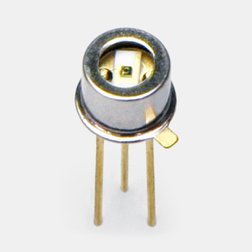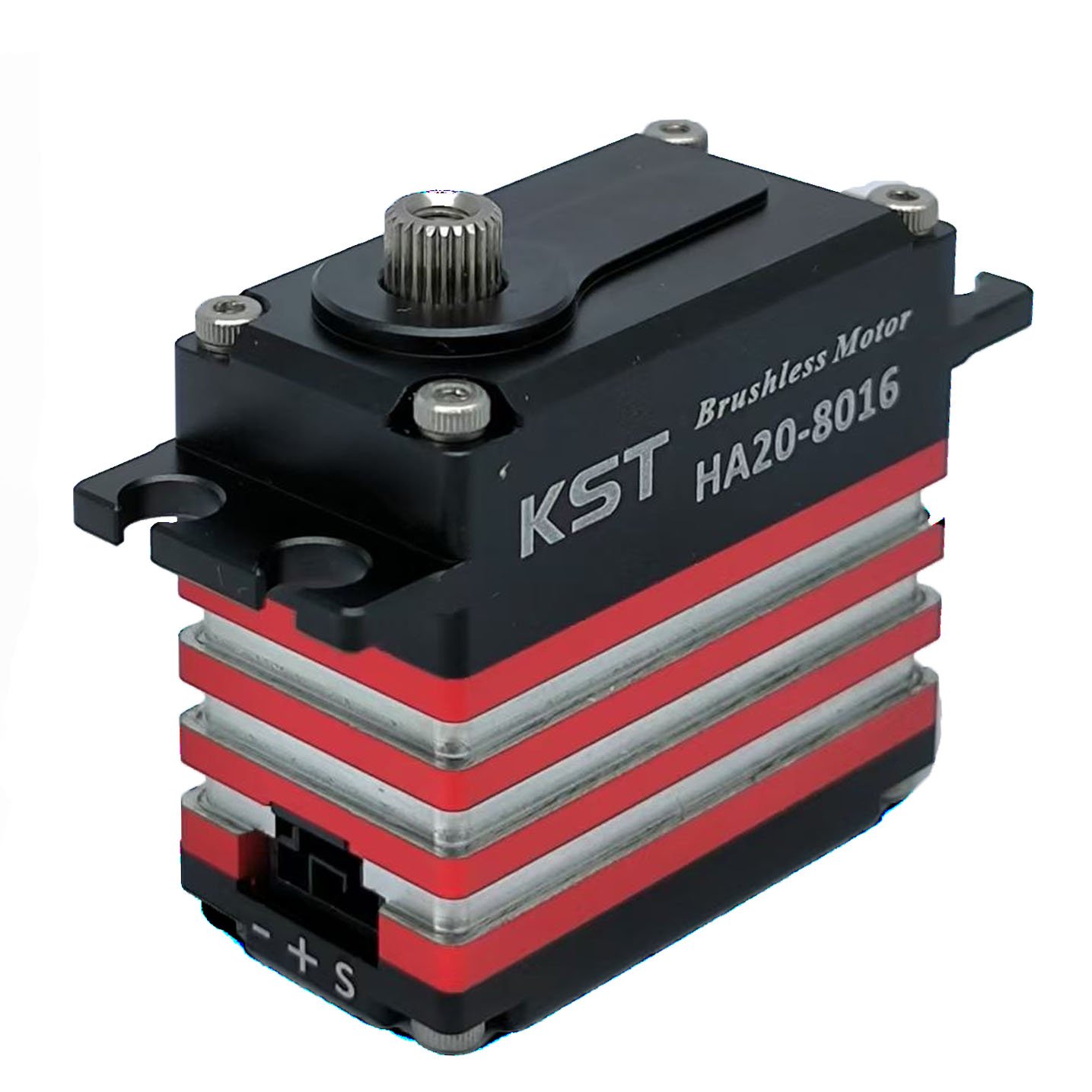What is a sensor?
In the rapid development of modern science and technology, sensors, as a key technology, are quietly changing the way we live and work. From smartphones to medical devices, from self-driving cars to smart homes, sensors are everywhere, driving the advancement of science and technology and the intelligence of life. So, what are sensors? How do they work and how do they affect our lives? A sensor is a device that can detect and respond to some input in the physical environment. These inputs can include environmental phenomena such as light, heat, motion, moisture, pressure, etc. The output of the sensor is usually to convert these input signals into human-readable display information, or transmit them in electronic form over the network for reading or further processing.
How sensors work
The working principle of sensors varies according to their type and purpose, but generally includes the following steps:
- Perception: The sensor detects changes in the target physical or chemical quantity through sensing devices (such as thermocouples, capacitors, photoresistors, etc.).
- Conversion: The sensing device converts the detected signal into an electrical signal, optical signal, or other type of signal. For example, a temperature sensor converts temperature changes into voltage changes.
- Output: The converted signal is transmitted to a data processing unit or display device for further analysis and use.
What types of sensors are there?
Sensors can be classified in many ways, one common way is to classify them into active and passive categories based on whether they require external power. Active sensors require external power to respond to environmental inputs and produce outputs. For example, sensors on weather satellites usually require energy to obtain meteorological data about the Earth’s atmosphere. Passive sensors do not rely on external power for detection. They use energy from the environment itself, such as light or heat. For example, a mercury-based glass thermometer detects temperature changes through the expansion and contraction of mercury. The change in mercury causes the mercury column in the glass tube to rise or fall, providing a human-readable temperature indication through markings.
There are many types of sensors, which can be roughly divided into the following categories based on their functions and application areas:
- Environmental sensors:used to monitor environmental conditions, such as temperature, humidity, air pressure, air quality, etc. Common environmental sensors include temperature and humidity sensors, gas sensors, and meteorological sensors.
- Medical sensors:used to monitor and diagnose human health conditions, such as heart rate, blood oxygen level, body temperature, etc. These sensors play an important role in health monitoring and disease management.
- Industrial sensors:monitor the status of machines and equipment during industrial production, including pressure sensors, displacement sensors, vibration sensors, etc. These sensors help improve production efficiency and equipment maintenance.
- Motion sensors: used to detect the motion state of objects, such as accelerometers, gyroscopes, and magnetometers. These sensors are widely used in mobile phones, game controllers, and self-driving cars.
- Optical sensors:used to detect the intensity, color, or wavelength of light, such as photoelectric sensors and cameras. They play an important role in image processing, night vision systems, and optical measurements.
Sensors can also be classified according to their output type, mainly divided into analog sensors and digital sensors. Analog sensors convert environmental inputs into continuously changing analog signals. For example, the thermocouple in a gas water heater is a typical representative of analog sensors, which sends different analog signals by continuously heating and cooling, indicating whether the gas needs to be turned off. In contrast, digital sensors convert environmental inputs into discrete digital signals, which are transmitted in binary format (0 and 1). Digital sensors are becoming more and more common in various industries, often replacing traditional analog sensors, such as for measuring humidity, temperature, atmospheric pressure, and air quality. Similar to active and passive sensors, types of sensors such as thermal sensors or pressure sensors can also be analog or digital, depending on their application environment and needs.
As technology continues to advance, the functions and applications of sensors will continue to expand. Future sensors may have higher sensitivity, smaller size and lower power consumption, while also integrating more intelligent processing functions. Emerging technologies, such as artificial intelligence and the Internet of Things, will make the application of sensors more intelligent and networked, driving the arrival of a smarter world.
In general, sensors, as an important part of modern technology, are driving changes in all walks of life. They not only enhance our ability to perceive the world, but also make our lives more convenient and intelligent. With the continuous advancement of technology, sensors will play an important role in more fields and bring more possibilities to our future.
Application:
Sensor ICs for Electric Vehicles and EV Charging Stations
Sensor ICs play a key role in the transition from internal combustion engines to electric drivetrains, especially in current and voltage measurement for battery management systems, onboard chargers, and DC fast charging stations. For example, in DC fast charging stations, current sensors are used to monitor signal bandwidth, gain, and offset errors, which affect the power module’s ability to regulate in the AC-to-DC power conversion to enable fast charging of EV batteries.
In systems where power consumption is a priority, isolation amplifiers and delta-sigma modulators are used for shunt-based current measurement. In addition to battery management and charging systems, sensor ICs also play a role in the electrification of automotive systems, including windshield wipers and seat adjustment motors. Linear, 3D, angular, and Hall-effect sensors provide precise, real-time feedback to actuators or motors, improving driver comfort and system efficiency.

In addition, modern automotive engineers are also committed to improving the overall safety of vehicles through sensor ICs. These sensors have diagnostic capabilities that can detect and report failures before they occur, thereby enhancing the safety performance of vehicles. The position sensors TMAG5170-Q1, TMAG5170D-Q1 and TMAG5173-Q1 sensors are designed to monitor the operating status of automotive systems and quickly detect failures, helping engineers meet strict safety requirements such as ASIL D in the ISO 26262 standard.
Sensor ICs for Modern Data Centers
In data centers, increasing the efficiency of power supply units (PSUs) becomes increasingly important as server power consumption increases. Achieving 80 Plus Titanium standards (>96% efficiency) has become a minimum requirement for data centers.

Current sensing technology plays a key role in this process, and precision isolated current sensors such as the AMC3302 and TMCS1100 can help achieve this high efficiency. The AMC3302 provides an input voltage of ±50 mV, reducing power consumption and improving system efficiency through a low-impedance shunt resistor, while the TMCS1100 Hall effect sensor converts signals through an internal magnetic field, eliminating the need for an additional isolated power rail. Power loss is reduced through input conductor resistance, which can be greater than 1 mΩ for high current sensing.
Sensor ICs for Energy Management
The transition from fossil fuels to renewable energy not only involves changes in the way energy is produced, but also requires efficient power distribution and management. Synchronous sampling analog-to-digital converters (ADCs), such as the ADS131M04, with wide dynamic range and internal calibration, are suitable for obtaining reliable energy consumption data in electricity meters, which is key to efficient energy management. When designing multiphase electricity meters, the ADS131M04 can be directly connected to resistor dividers, current transformers, or shunts to achieve high measurement accuracy (0.1 level) and high sampling rates to support harmonic measurement, load management, and other advanced functions.
Sensor ICs for Robotics and ADAS
The growth in demand for automation is driving the use of robots in factories and everyday life. Autonomous robots need to sense their environment through vision, radar, and lidar sensors for collaboration and safety. These sensors help robots sense the proximity, nature of objects, and adjust speed or stop when necessary. Similarly, ADAS systems provide comprehensive 360° surround view through sensors to help drivers identify hazards and react. Wave radar sensors, such as the IWRL6432, provide high-precision distance and speed measurements in robotics and automotive applications, especially in challenging environments such as darkness. They use radio waves to measure the speed, angle, and distance of objects, helping robots and vehicles make predictive actions. Wave sensors are also certified to Safety Integrity Level 2 to support evolving safety standards. Accurate odometry information is essential for the navigation of autonomous mobile robots. This information comes from wheel rotation measurements. 3D Hall-effect position sensors such as the TMAG5170 provide high accuracy up to 20 kSPS while consuming low power and have a built-in angle calculator engine to optimize the use of microcontroller resources.

Conclusion:
With the continuous advancement of technology, the functions and applications of sensors will continue to expand. Future sensors may have higher sensitivity, smaller size and lower power consumption, and will also integrate more intelligent processing functions. Emerging technologies, such as artificial intelligence and the Internet of Things, will make the application of sensors more intelligent and networked, promoting the arrival of a smarter world. In general, sensors, as an important part of modern technology, are driving changes in all walks of life. They not only enhance our ability to perceive the world, but also make our lives more convenient and intelligent. With the continuous advancement of technology, sensors will play an important role in more fields and bring more possibilities to our future.
Please contact us for purchase and consultation:emi-ic.com
























